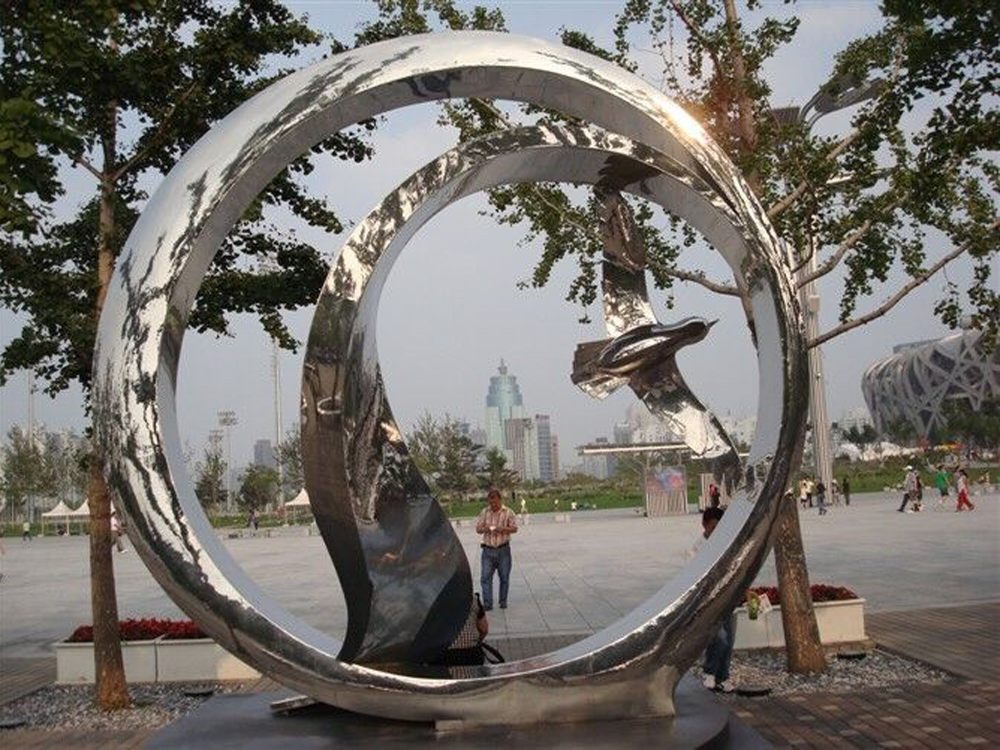
Stone texturing has evolved significantly over the years, with traditional methods giving way to innovative experimental techniques. Traditional stone texturing typically involves hand-carving, chiseling, or hammering to create patterns and finishes. These time-honored methods, passed down through generations of stonemasons, produce classic textures like bush-hammered, flamed, or honed surfaces. The results are consistent and predictable, with each technique yielding specific visual and tactile qualities.
Experimental stone texturing, on the other hand, embraces modern technology and unconventional approaches. Methods like waterjet cutting, laser etching, and chemical treatments allow for unprecedented precision and creativity. These techniques can produce intricate patterns, three-dimensional effects, or even translucent stone surfaces that were impossible with traditional tools. Digital fabrication has opened doors to parametric designs where complex algorithms determine stone textures.
The key differences lie in their execution, outcomes, and applications. Traditional methods excel in restoration projects and classical architecture where authenticity matters, while experimental techniques shine in contemporary designs seeking unique visual statements. Time and cost factors also vary significantly - traditional texturing is labor-intensive but requires minimal equipment, whereas experimental methods often need specialized machinery but can achieve results faster for complex designs.
Sustainability presents another contrast. Traditional methods generate stone dust and waste, while many experimental techniques aim to minimize material loss through computer-controlled precision. However, some modern methods involve chemicals or high energy consumption, creating different environmental concerns.
Ultimately, the choice between traditional and experimental stone texturing depends on project requirements, budget, and desired aesthetic. Many architects now blend both approaches, using traditional methods for structural elements while incorporating experimental textures for feature walls or artistic installations. This hybrid approach represents the future of stone craftsmanship, honoring heritage while embracing innovation.

